#bodleian libraries
Text
For #WorldHoneyBeeDay 🐝 here are two golden illuminations from a pair of famous early 13th c. English bestiaries:

Aberdeen Bestiary, Univ. Lib. MS 24 f.63r
Aberdeen University Library
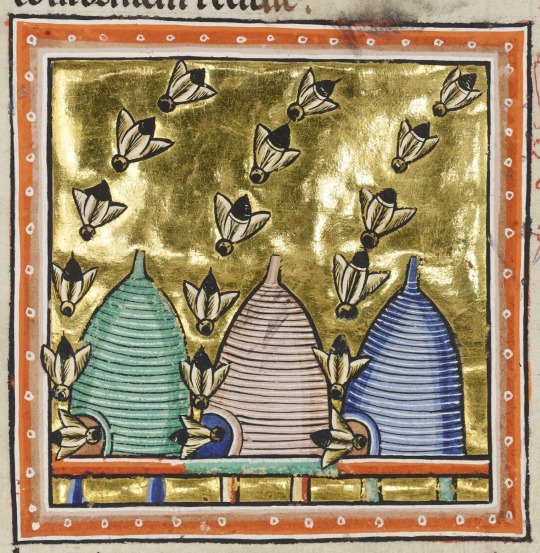
Ashmole Bestiary, MS Ashmole 1511 f.75v
Bodleian Libraries
#bee#bees#honeybee#honeybees#honey bee#honey bees#beehive#apiary#medieval art#English art#European art#bestiary#medieval manuscript#illuminated manuscript#illustration#gold leaf#Ashmole Bestiary#Aberdeen Bestiary#Bodleian Libraries#Aberdeen University Library#World Honey Bee Day#animal holiday#animals in art#book art
502 notes
·
View notes
Text
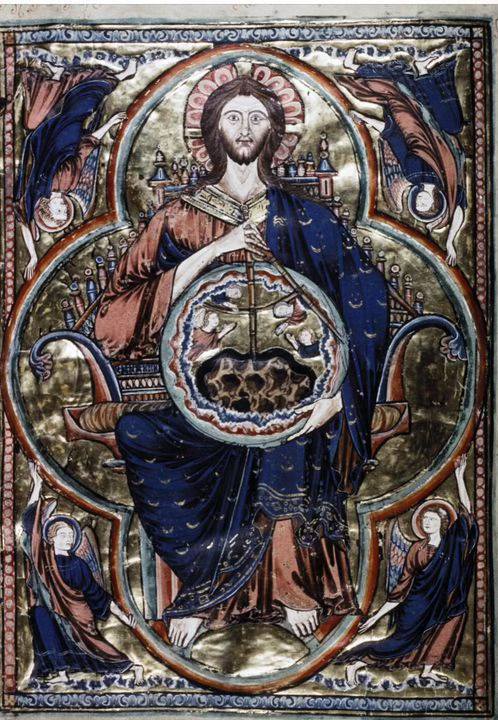
The Thundering God, the great architect, wielding the golden compass. (Genesis). From the Bodleian Moralized Bible (Paris, France, c 1250 CE). Bodleian Libraries, University of Oxford, Oxford, England. MS. Bodl. 270B. Folio: 01 :: [Robert Scott Horton]
* * * * *
“If a coin comes down heads, that means that the possibility of its coming down tails has collapsed. Until that moment the two possibilities were equal.
But on another world, it does come down tails. And when that happens, the two worlds split apart.”
― Philip Pullman, The Golden Compass
+
“When you choose one way out of many, all the ways you don't take are snuffed out like candles, as if they'd never existed. At that moment all Will's choices existed at once. But to keep them all in existence meant doing nothing. He had to choose, after all.”
― Philip Pullman, The Golden Compass
#Bodleian Libraries#Oxford#the thundering god#the great architect#golden compass#Robert Scott Horton#about art#religious art#Philip Pullman#The golden Compass
3 notes
·
View notes
Text
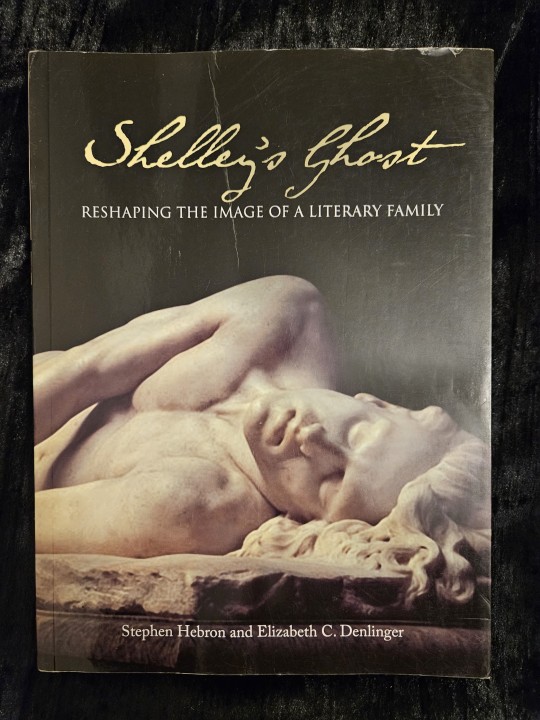

recently acquired this one
7 notes
·
View notes
Text
Books On Books Collection - Bård Ionson
Battledore (2019)
Battledore (2019)Bård IonsonDigital photo of oscilloscope art on walnut, with leather straps & tacks. H229 x W127 mm. Animation of oscilloscope art with Artivive. Resolution: 3840 × 2160 px. File format: mp4. Duration: 1’0″ sec. File Size: 74.1 MB. Acquired from the artist, 1 March 2019.Photos: Books On Books Collection. Displayed with permission of the artist.
The artifact…

View On WordPress
0 notes
Text

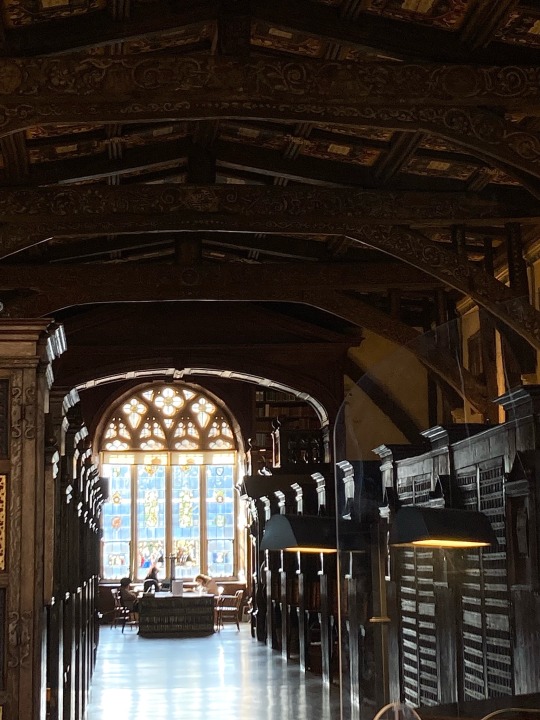
The Duke Humfrey’s Library - the oldest reading room in the Bodleian Library at the University of Oxford.
#journal#litblr#study#studyblr#booklr#literature#bookblr#english literature#books#university#oxford university#duke humfreys library#bodleian library#dark academia#dark academia aesthetic#library#study inspo#study inspiration#study motivation
3K notes
·
View notes
Text
Percy Shelley doodling while helping his wife edit the draft of her first novel, Frankenstein; or, The Modern Prometheus (1818):




The idea for the story was devised in mid-June 1816. The draft shown here was written between August and December 1816, and it was revised until April 1817. The book was published January 1st 1818 when Mary was 20-years-old. She was only 18 when she conceived the story, as her 19th birthday was on August 30th 1816.
Source: The Shelley-Godwin Archive online
#me 🤝 shelley -> relentless doodling#back at it again w the happy little trees#literature#english literature#lord byron#romanticism#aesthetic#dark academia#percy shelley#history#mary shelley#editing#frankenstein#Frankenstein; or The Modern Prometheus#writing#poetry#literary history#manuscript#manuscripts#bodleian library#shelley#doodling#scribbles
1K notes
·
View notes
Photo

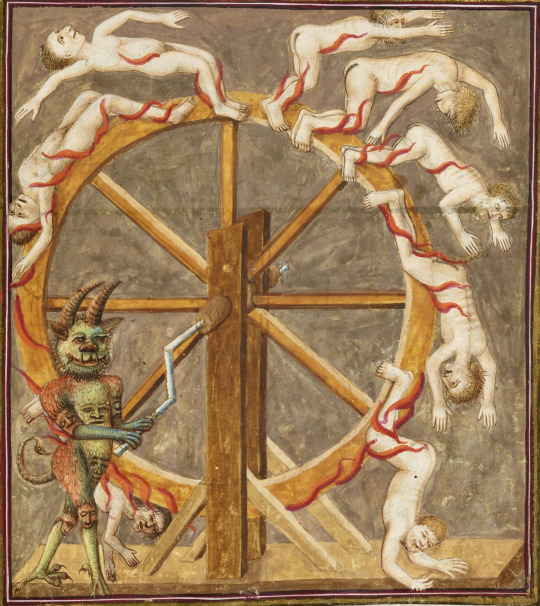
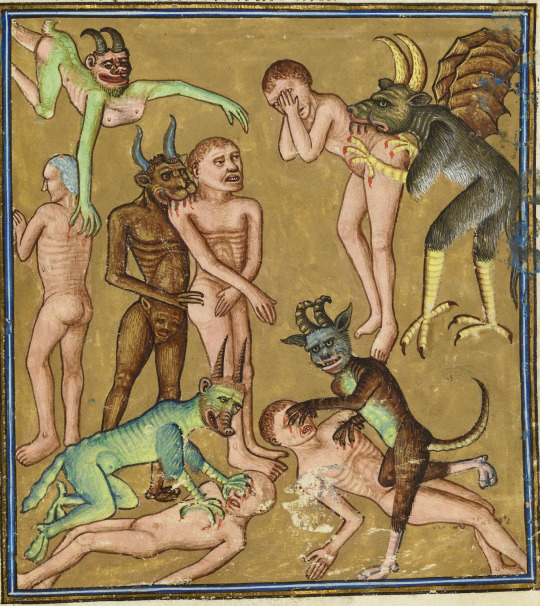


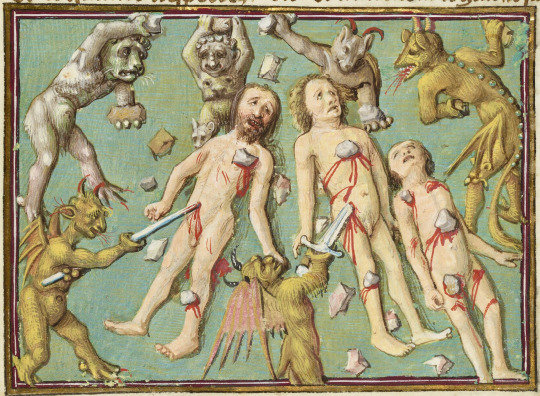
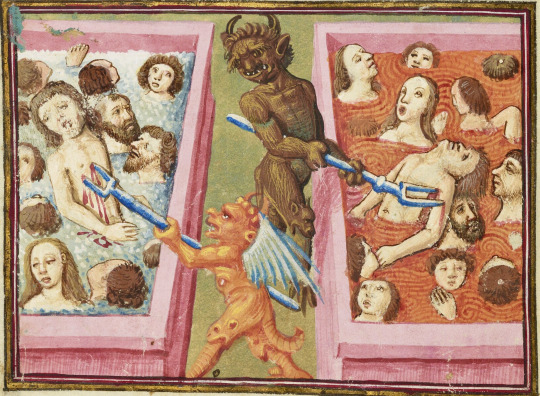
A 15th Century tour of Hell
Medieval monks had themselves one hell of a time imagining the demons awaiting sinners in Hell. The illustrations are from Livre de la Vigne nostre Seigneur (Bodleian MS. Douce 134), a treatise on the Antichrist, the last judgement, and Heaven and Hell.
1K notes
·
View notes
Text

January 18, 2024
93 notes
·
View notes
Text
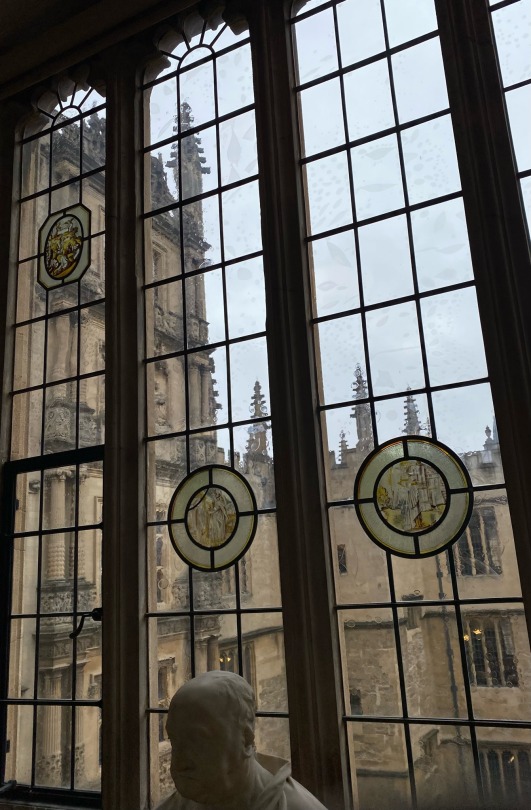

Views from the old bodleian upper reading room, university of Oxford | Hilary Term 2023
#mine#today in libraries !!#oxford#oxford university#library#dark academia#studyblr#photography#architecture#radcliffe camera#uniblr#bodleian library
561 notes
·
View notes
Text

Radcliffe Camera, University of Oxford
motivated to revise now
#studyblr#studyspo#historyblr#langblr#bookblr#dark academia#dark academia aesthetic#libraries#radcliffe camera#bodleian library#history student#university studyblr#university studyspo#university of oxford#light academia#light academia aesthetic
535 notes
·
View notes
Text
#FishFriday vs #FrogFriday in a medieval bestiary:
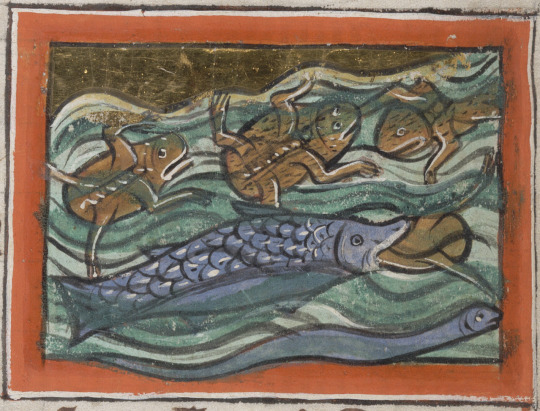
Bodleian Libraries MS. Bodley 764, folio 54v
England, c 1225-50
#Bodleian Libraries#medieval manuscript#medieval art#medieval bestiary#bestiary#European art#English art#illustration#illuminated manuscript#fish#frog#frogs#Fish Friday#Frog Friday#13th century art
24 notes
·
View notes
Text

Lost in the mysterious past among the glowing blues, golds, and browns of Oxford’s Duke Humfrey library.
📚🌠
#oxford#old libraries#academia#classic academia#libraries#bookblr#books & libraries#books and reading#university#mine#college life#university of oxford#bodleian library#harry potter#hogwarts#academia moodboard#old books#book community#library aesthetic#booklr
77 notes
·
View notes
Text
Technology just revealed a new name to women’s history.
For nearly 1,300 years, no one knew it was there. The name of a highly educated English woman, secretly scratched on to the pages of a rare medieval manuscript in the eighth century, but impossible to read – until now.
Academics have discovered the Old English female name Eadburg was repeatedly scored into the surface of the religious text, using a method that kept it hidden from the naked eye for more than 12 centuries.
The covert writing of the woman’s name was finally revealed when researchers at the Bodleian Library in Oxford used cutting-edge technology to capture the 3D surface of the ancient manuscript, a Latin copy of the Acts of the Apostles that was made in England between AD700 and AD750.
It is the first time this technology, capable of revealing “almost invisible” markings so shallow they measure about a fifth of the width of a human hair, has been used to record annotations on the surface of a manuscript.
“There are only a limited number of surviving early medieval manuscripts which contain clear internal evidence of a woman having created, owned or used them,” said Jessica Hodgkinson, a PhD student at the University of Leicester who made the discovery while researching her thesis on women and early medieval manuscripts.
“Most of these manuscripts are from the continent – it is much rarer to find evidence of this in surviving manuscripts which were made and used in the geographical area we now call England.”
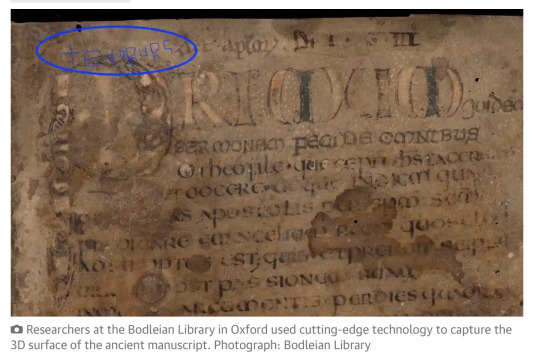
Writing Eadburg’s name on the book quietly asserted her power and high status at a time when only a few elite, highly educated women were able to write and read both Old English and Latin. “It’s a hugely significant and very powerful text – the word of God, conveyed through the apostles. And I think that might be at least part of the reason why somebody chose to write Eadburg’s name into it, so that she was close to that.”
It is not clear why the name was written so stealthily, with a drypoint stylus, rather than ink. “Maybe it was to do with the resources that person had access to. Or maybe it was to do with wanting to leave a mark that put that woman’s name in this book, without making it really obvious,” Hodgkinson said. “There could have been some reverence for the text, which meant the person who wrote her name was trying not to detract from the scripture or compete with the word of God.”
Significantly, she found Eadburg’s name passionately etched into the margins of the manuscript in five places, while abbreviated forms of the name appear a further 10 times.
This suggests it is likely to have been Eadburg herself who made the marks. “I could understand why somebody might write someone else’s name once. But I don’t know why you would write somebody else’s name so many times like that,” Hodgkinson said.
An Old English transcription, and tiny, rough drawings of figures – in one case, of a person with outstretched arms, reaching for another person who is holding up a hand to stop them – were also discovered etched on to the small book, which is barely bigger than an A5 pamphlet.
Hodgkinson hopes further study will reveal the meanings of these figures and the ancient transcription, which has so far proved impossible to translate.
She also hopes to eventually discover who Eadburg was. Certain features of the manuscript suggest the book was produced in Kent, where a woman called Eadburg was abbess of a female religious community at Minster-in-Thanet in the mid-eighth century. However, there are at least eight other known contenders for the role.
But whether or not these mysteries are ever solved, for Hodgkinson there is something very empowering and meaningful about the discovery of Eadburg’s name. “Still, to this day, there’s this human urge to leave a mark of your presence on something that is meaningful to you or is a record of where you’ve been,” she said. “We don’t know all that much about Eadburg, but now, because of this amazing technology, we’ve seen her name, we know she was there. She’s here, in this book – and it speaks across the centuries.”
#England#Eadburg#Women in history#medieval history#old english#Acts of the Apostles#Latin#Bodleian Library in Oxford
557 notes
·
View notes
Text



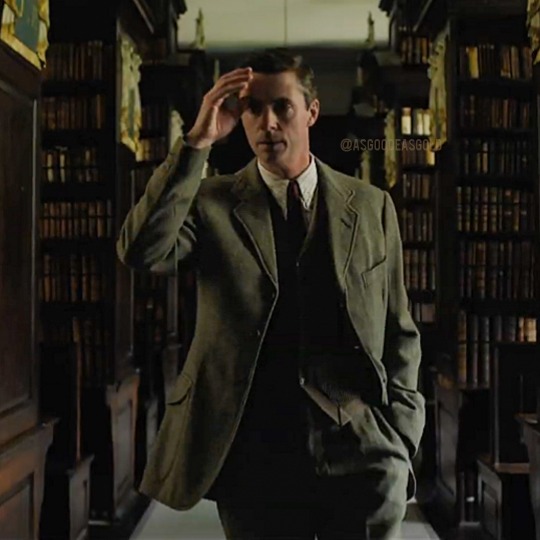

Matthew Goode being studious and roaming libraries
(Incidently both are supposed to be the Bodleian in Oxford).
Many similarities and also vastly different characters and vibes (testament to Matthew's incredible acting that he so disappears into his character).
Certainly Professor Lewis is far more serious than Professor Clairmont and not trying to cause mischief with a certain witch 😆
📷 My edits from Freud's Last Session (2023) official trailer and film* (West End Films/Sony Pictures Classics)
* In the trailer, we have a front view of Lewis walking through the library but a backview in the film. Whose idea was that 😭
Also, deleted scene (from script): "51 EXT. OXFORD. Lewis walks through Oxford to the doors of Bodleian Library."
Missed opportunity to have yet another shot of Matthew in front of the Bodley
📷 A Discovery of Witches s1 (2018) on set stills (Sky/Bad Wolf)
#matthew goode#matthewgoode#a discovery of witches#adow#adow s1#matthew de clermont#freud's last session#cs lewis#books#libraries#bodleian library#academia#professor#hot professor#hot prof
37 notes
·
View notes
Text

This is one part of The Duke Humfrey's Library which was added by Sir Thomas Bodley (who the Bodleian is now named after) who offered to restore it in 1598. When he was attending Oxford University, the library did not even have a ceiling as it had been stripped and abandoned during the Reformation.
#journal#yes I went on the tour#information courtesy of Lucinda shout out to Lucinda#the duke humfreys library#bodleian library#litblr#booklr#bookblr#literature#library#old library#study#studyblr#english literature#books#university#old books#dark academia#dark academia aesthetic#oxford university#university of oxford
640 notes
·
View notes
Text

Heraldic manuscript from the Bodleian.
37 notes
·
View notes